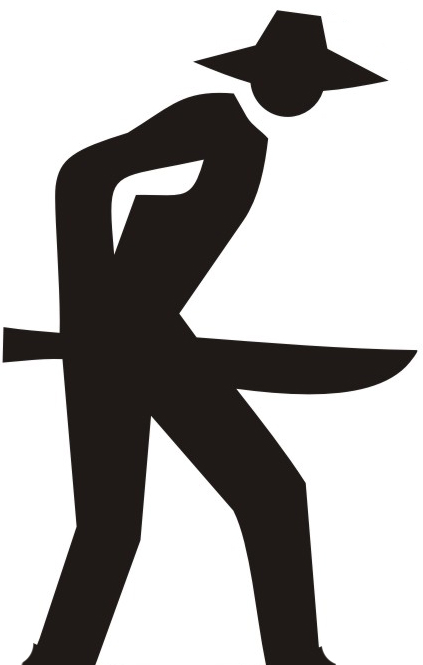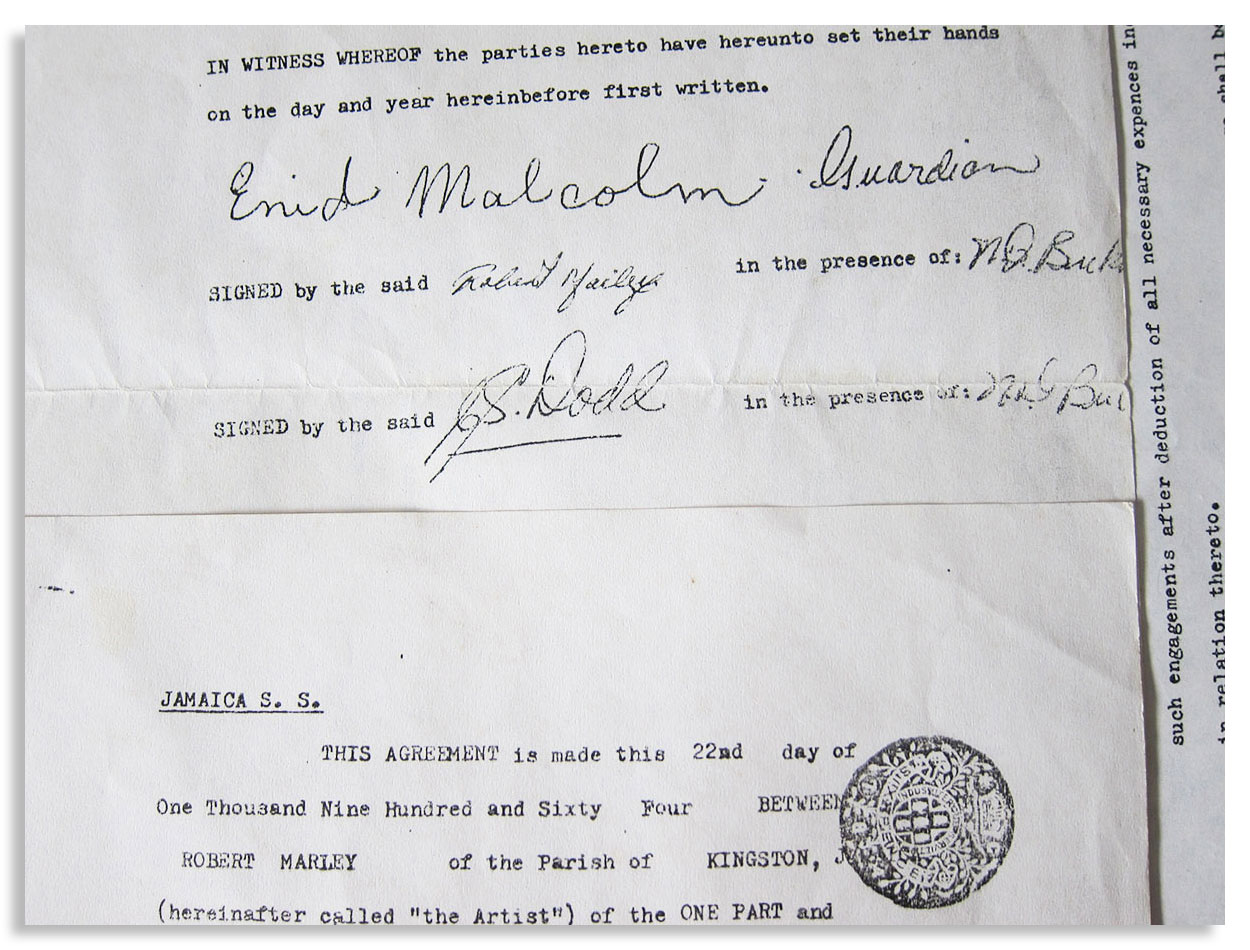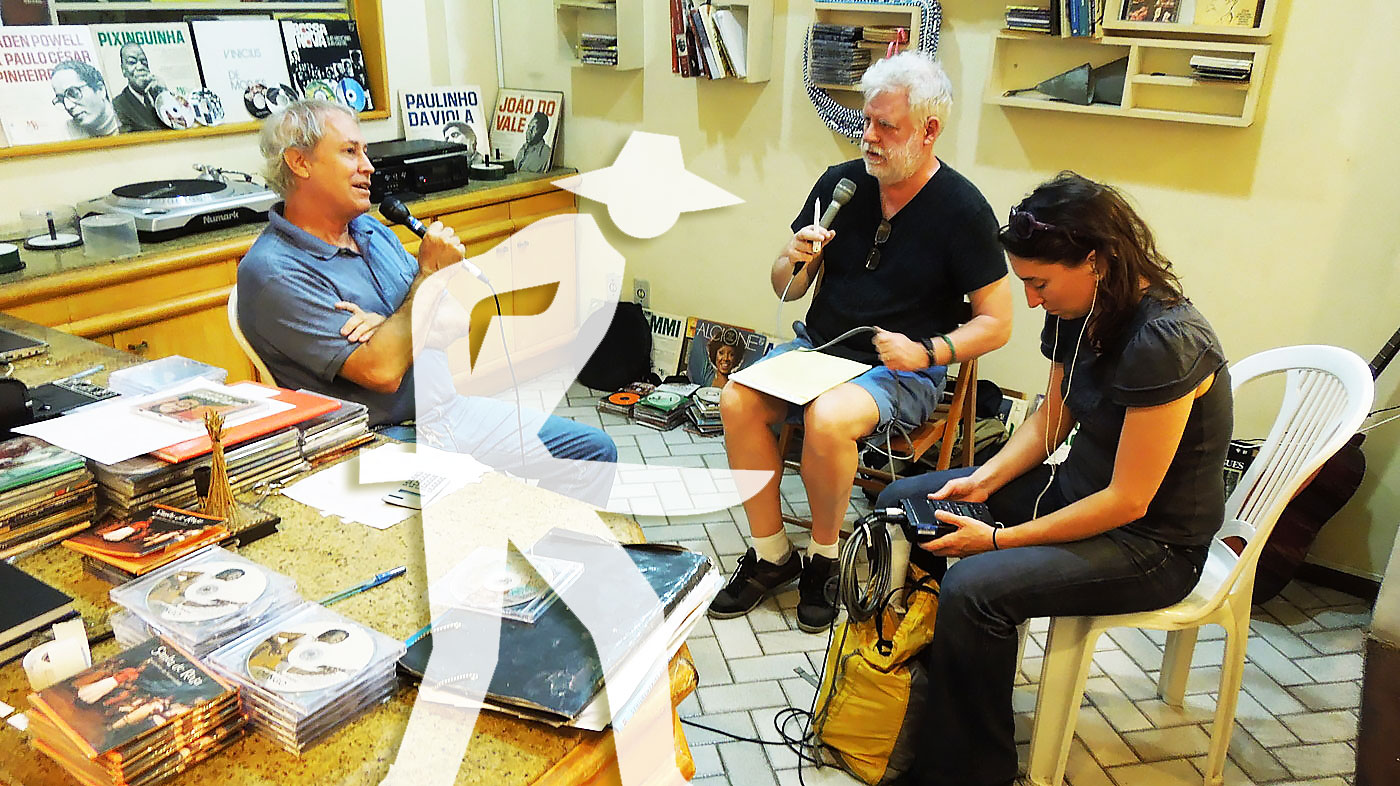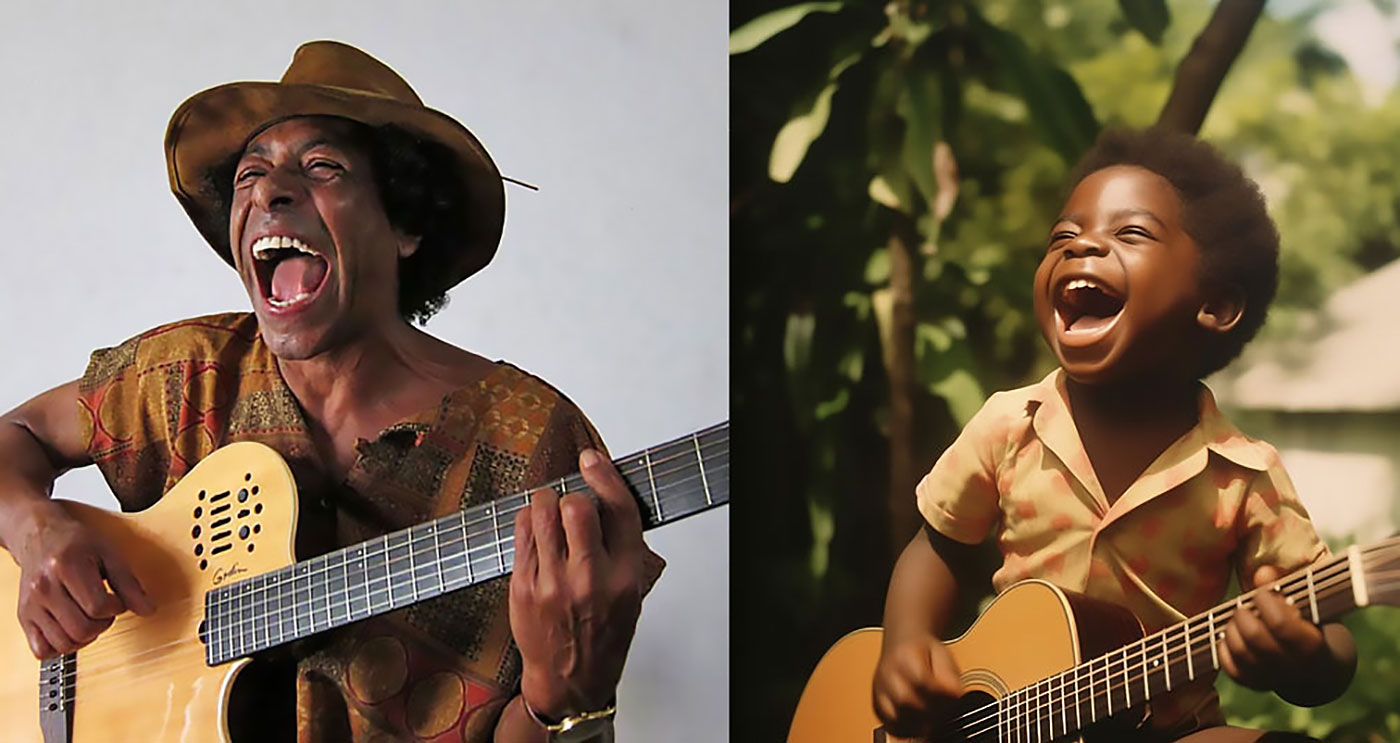CURATION
- from this page: by Title Holder
Network Node
- Name: Jonathan Finlayson
- City/Place: New York City
- Country: United States
- Hometown: Berkeley, California
Current News
-
What's Up?
"Jonathan Finlayson, in Moment & the Message, has created a great modern jazz record that also sounds like joy and feels like a dance."
—Pop Matters
"This album resonates on an emotional and intellectual level, packed with melody, depth and ideas worth stealing"
—Lucid Culture
"The best contemporary jazz is captured in its entirety in this exceptional debut"
—All About Jazz Italy
"He breathes fire, but displays finely honed command and control techniques"
—All About Jazz
"Through the tricky patterns, sudden thematic shifts and stylistic swaps on Jonathan Finlayson’s impressive debut album, one thing remains constant: the cool sense of refinement he brings to the music."
—Jazz Times
"The “trickiness” of this music is remarkably inviting. Rather than seeming technical or egg-headed, Finlayson’s themes seems natural and flowing, as if the irregular measure counts developed from breathing or walking rather than music school fancy-pantsiness. Jonathan Finlayson, in Moment & the Message, has created a great modern jazz record that also sounds like joy and feels like a dance."
—Pop Matters
"...Trumpeter Jonathan Finlayson...straddles the mathematical and the colloquial so well on this debut that he seems bound for the stature of Coleman, Lehman and Tim Berne, and even of the great Henry Threadgill before them."
—The Guardian
"This music manages a collision of complexity and almost pop-like pleasure"
—Pop Matters
"...Moment & The Message, not only displays his insightful playing and individualism but also some imposing composing skills."
—All About Jazz
"It's tight-knit music, but seductively relaxed, too."
—The Guardian
Life & Work
-
Bio:
Jonathan Finlayson is a disciple of the saxophonist/composer/conceptualist Steve Coleman, having joined band Five Elements in 2000 at the age of 18.
Jonathan is widely admired for his ability to tackle cutting-edge musical concepts with aplomb. He has performed and recorded in groups led by Steve Lehman, Mary Halvorson, Craig Taborn, and Henry Threadgill, and he has played alongside Von Freeman, Jason Moran, Dafnis Prieto, Vijay Iyer...
Jonathan was recognized by the New York Times as "...an incisive and often surprising trumpeter," who is "...fascinated with composition."
Born in 1982 in Berkeley, CA, Jonathan Finlayson began playing the trumpet at the age of ten in the Oakland public school system. He came under the tutelage of Bay Area legend Robert Porter, a veteran trumpeter from the bebop era, who took Finlayson under his wing; he was often seen accompanying Porter on his gigs about town and sitting in on the popular Sunday nights jam session at the Bird Cage.
Jonathan subsequently attended the New School for Jazz and Contemporary Music where he studied with Eddie Henderson, Jimmy Owens, and Cecil Bridgewater.
Contact Information
- Email: [email protected]
- Management/Booking: [email protected]
Media | Markets
- ▶ Buy My Music: http://jonathanfinlayson.bandcamp.com
- ▶ Twitter: jonyfin
- ▶ Instagram: jonyfin
- ▶ Website: http://jonathanfinlayson.com
- ▶ Spotify: http://open.spotify.com/album/4UQ6I3DqI0bHVckdbRm1a6
- ▶ Spotify 2: http://open.spotify.com/album/6tMNLs17rtc5inJW0XrVXZ
- ▶ Spotify 3: http://open.spotify.com/album/7dITnqLzFIpUOG7wNfbdyp
Clips (more may be added)
The Matrix is a small world network. Like stars coalescing into a galaxy, creators in the Matrix mathematically gravitate to proximity to all other creators in the Matrix, no matter how far apart in location, fame or society. This gravity is called "the small world phenomenon". Human society is a small world network, wherein over 8 billion human beings average 6 or fewer steps apart. Our brains contain small world networks...
![]() Wolfram MathWorld on the Small World Phenomenon
Wolfram MathWorld on the Small World Phenomenon
![]() Matemática Wolfram sobre o Fenômeno Mundo Pequeno
Matemática Wolfram sobre o Fenômeno Mundo Pequeno
"In a small world, great things are possible."

It's not which pill you take, it's which pathways you take. Pathways originating in the sprawling cultural matrix of Brazil: Indigenous, African, Sephardic and then Ashkenazic, European, Asian... Matrix Ground Zero is the Recôncavo, contouring the Bay of All Saints, earthly center of gravity for the disembarkation of enslaved human beings — and the sublimity they created — presided over by the ineffable Black Rome of Brazil: Salvador da Bahia.
("Black Rome" is an appellation per Caetano Veloso, son of the Recôncavo, via Mãe Aninha of Ilê Axé Opô Afonjá.)
"Dear Sparrow: I am thrilled to receive your email! Thank you for including me in this wonderful matrix."
—Susan Rogers: Personal recording engineer for Prince, inc. "Purple Rain", "Sign o' the Times", "Around the World in a Day"... Director of the Berklee Music Perception and Cognition Laboratory
"Thanks! It looks great!....I didn't write 'Cantaloupe Island' though...Herbie Hancock did! Great Page though, well done! best, Randy"
"We appreciate you including Kamasi in the matrix, Sparrow."
—Banch Abegaze: manager, Kamasi Washington
"This is super impressive work ! Congratulations ! Thanks for including me :)))"
—Clarice Assad: Pianist and composer with works performed by Yo Yo Ma and orchestras around the world
"Dear Sparrow, Many thanks for this – I am touched!"
—Julian Lloyd-Webber: UK's premier cellist; brother of Andrew Lloyd Webber (Evita, Jesus Christ Superstar, Cats, Phantom of the Opera...)
"Thanks, this is a brilliant idea!!"
—Alicia Svigals: World's premier klezmer violinist
Developed here in the Historic Center of Salvador da Bahia ↓ .
![]() Bule Bule (Assis Valente)
Bule Bule (Assis Valente)
"♫ The time has come for these bronzed people to show their value..."
Production: Betão Aguiar
MATRIX MODUS OPERANDI
Recommend somebody and you will appear on that person's page. Somebody recommends you and they will appear on your page.
Both pulled by the inexorable mathematical gravity of the small world phenomenon to within range of everybody inside.
And by logical extension, to within range of all humanity outside as well.
MATRIX (PARDAL)
I'm Pardal here in Brazil (that's "Sparrow" in English). The deep roots of this project are in Manhattan, where Allen Klein (managed the Beatles and The Rolling Stones) called me about royalties for the estate of Sam Cooke... where Jerry Ragovoy (co-wrote Time is On My Side, sung by the Stones; Piece of My Heart, Janis Joplin of course; and Pata Pata, sung by the great Miriam Makeba) called me looking for unpaid royalties... where I did contract and licensing for Carlinhos Brown's participation on Bahia Black with Wayne Shorter and Herbie Hancock...
...where I rescued unpaid royalties for Aretha Franklin (from Atlantic Records), Barbra Streisand (from CBS Records), Led Zeppelin, Mongo Santamaria, Gilberto Gil, Astrud Gilberto, Airto Moreira, Jim Hall, Wah Wah Watson (Melvin Ragin), Ray Barretto, Philip Glass, Clement "Sir Coxsone" Dodd for his interest in Bob Marley compositions, Cat Stevens/Yusuf Islam and others...
...where I worked with Earl "Speedo" Carroll of the Cadillacs (who went from doo-wopping as a kid on Harlem streetcorners to top of the charts to working as a janitor at P.S. 87 in Manhattan without ever losing what it was that made him special in the first place), and with Jake and Zeke Carey of The Flamingos (I Only Have Eyes for You)... stuff like that.

Yeah this is Bob's first record contract, made with Clement "Sir Coxsone" Dodd of Studio One and co-signed by his aunt because he was under 21. I took it to Black Rock to argue with CBS' lawyers about the royalties they didn't want to pay (they paid).
MATRIX MUSICAL
I built the Matrix below (I'm below left, with David Dye & Kim Junod for U.S. National Public Radio) among some of the world's most powerfully moving music, some of it made by people barely known beyond village borders. Or in the case of Sodré, his anthem A MASSA — a paean to Brazil's poor ("our pain is the pain of a timid boy, a calf stepped on...") — having blasted from every radio between the Amazon and Brazil's industrial south, before he was silenced. The Matrix started with Sodré, with João do Boi, with Roberto Mendes, with Bule Bule, with Roque Ferreira... music rooted in the sugarcane plantations of Bahia. Hence our logo (a cane cutter).
A Massa (do povo carente) / The Masses (of people in need)

-
Add to my PlaylistA Massa - Raymundo Sodré (7,093 plays)
-
Add to my PlaylistSina de Cantador - Raymundo So... (6,909 plays)
-
Add to my PlaylistMagnetismo - Raymundo Sodré ... (6,353 plays)
-
Add to my PlaylistSacando a Cana - Raymundo Sodr... (5,957 plays)
-
Add to my PlaylistMêrêrê - Raymundo Sodré (5,465 plays)
-
Add to my PlaylistJardim do Amor - Raymundo Sodr... (4,677 plays)
-
Add to my PlaylistDebaixo do Céu - Raymundo Sodr... (4,151 plays)
-
Add to my PlaylistDesejo de Amar - Raymundo Sodr... (3,861 plays)
-
Add to my PlaylistOração pra Yá Oxum - Raymundo ... (3,741 plays)
-
Add to my PlaylistYá África - Raymundo Sodré (3,509 plays)
-
Add to my PlaylistMeu Rio, Cadê o Papel - Raymun... (3,177 plays)
-
Add to my PlaylistCasa de Trois - Raymundo Sodré... (2,896 plays)
-
Add to my PlaylistMulher é Laço que Prende o Coração do Vaqueiro - R... (2,556 plays)
















































































































































































































































































































































































































































































